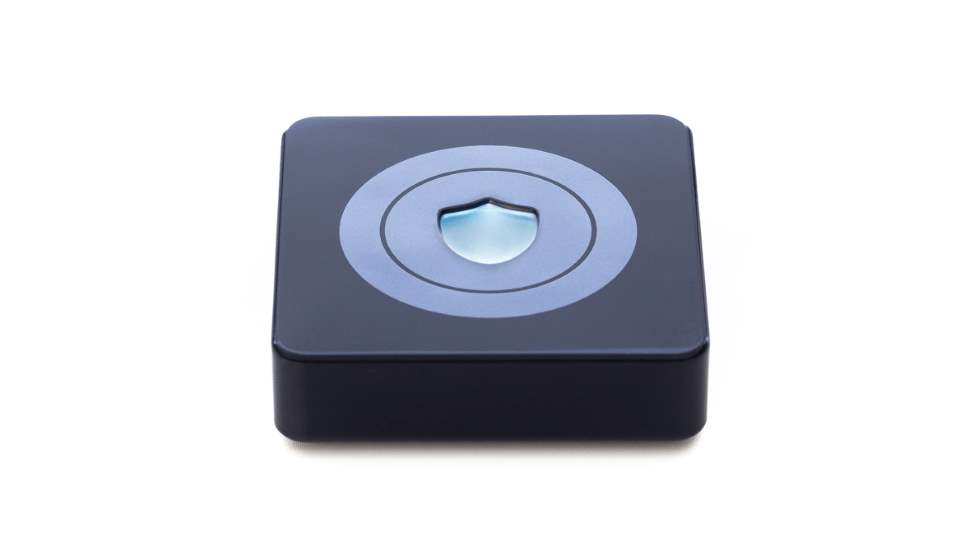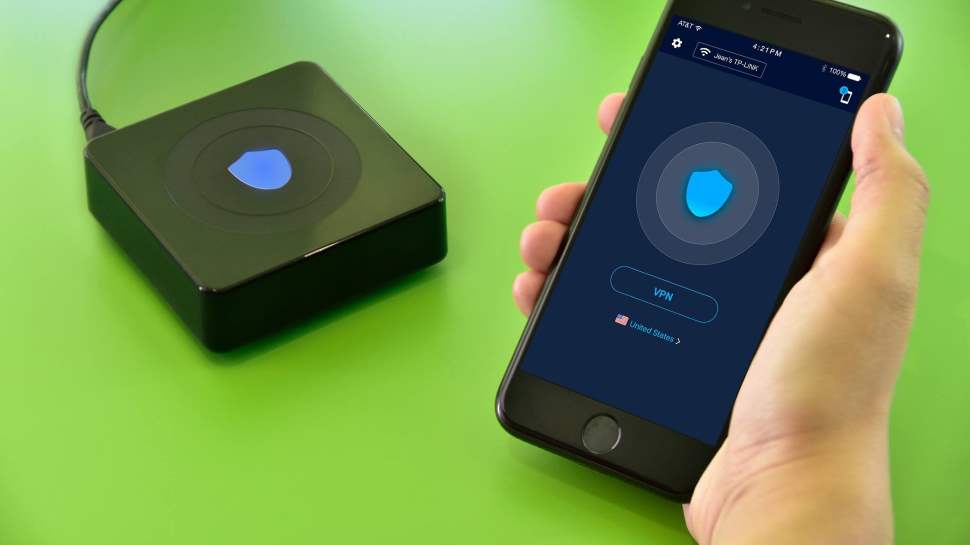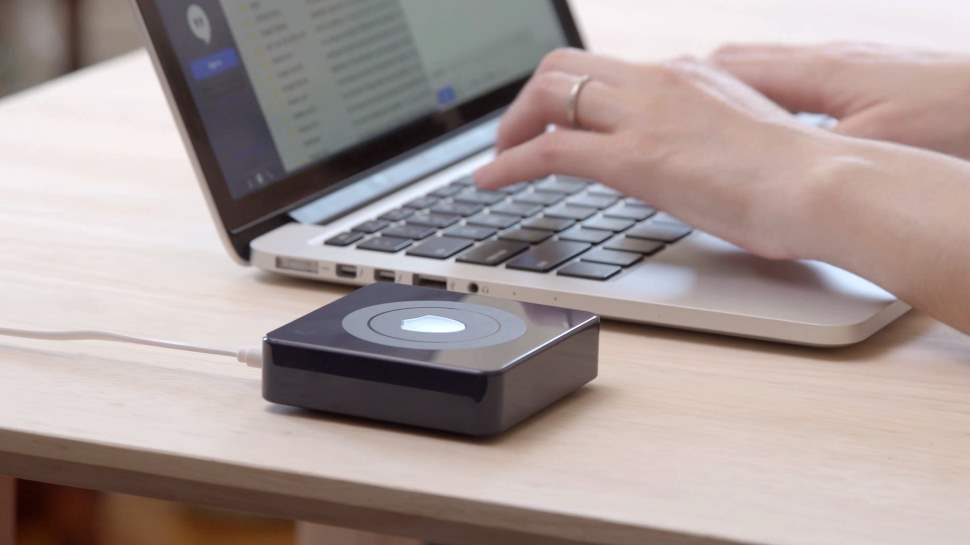TechRadar Verdict
Betterspot looks great, and the compact form factor makes it a convenient travel router. The VPN is overpriced and underpowered, though, and overall, it's just way too expensive for what you get.
Pros
- +
Stylish router
- +
Compact and portable
- +
LED shows connection status at a glance
- +
No DNS or WebRTC leaks
Cons
- -
Overpriced subscriptions
- -
Poor VPN performance
- -
Small number of server locations
- -
Few configuration options
Why you can trust TechRadar
VPNs are great for concealing your identity, protecting your data and accessing blocked websites, but setting them up can be tricky. VPN clients can interfere with other software, you might have to manually set up some devices, and many VPNs restrict the number of simultaneous connections you can make.
Betterspot is a simple VPN router which bypasses all of these hassles. Plug it in to your current router and the device creates its own 'betterspot' wireless network. Connect any device to the network – desktops, mobiles, smart TVs, game consoles and more – and all traffic is automatically routed through its VPN (Betternet Premium), with no other setup required. And as the VPN only sees a single connection, you're able to connect as many devices as the hardware allows: that's at least 10 to 15.
Buying the basic $99 (£76) Betterspot package enables connecting to the internet via Tor. That won't give you the best speeds, but it's free, and handy to have available for emergencies. You can also use the device as a standard router, which works like any other.
Accessing the full Betternet Premium service requires paying a subscription. These are relatively expensive at $19 (£15.20) for a one-off month, or an equivalent $10.75 (£8.60) a month if you buy a year upfront. Even signing up for a quality service like NordVPN only costs $5.75 (£4.60) a month on its annual plan.
You could alternatively buy the router with lifetime access to Betternet Premium for $399 (£320). That's certainly convenient, but at the equivalent of paying for four or five years of service elsewhere, it's hard to recommend.
There's no trial of the Premium service, and we couldn't see any sign of a 'money-back guarantee'. The safest option is probably to buy a one-month subscription for testing, and sign up for the annual plan if Betterspot delivers what you need.

Design
Betterspot is a compact black box, small enough to be effortlessly portable (8 x 8 x 2.9cm, 317g), but with just enough weight to give it a solid and reliable feel.
The device looks good, too. That's partly down to simple design touches – rounded corners here, bevelled edges there – but the highlight is the Betternet shield logo on the front of the box. Power up Betterspot and the shield changes color to indicate device status, showing whether you're connected to the internet through a VPN, Tor or your standard network connection. It looks very Apple-like, although the build quality isn't as good.

The rear of the box has a 'factory reset' button, but there are no other switches or any other physical ways to control or configure Betterspot. That might not always be convenient, but it does mean fewer points of failure, and you can still set up the device via its web interface, iOS or Android app.
Betterspot is clearly designed for portability, and you can even see that in its packaging. The device arrives in a durable cardboard box with a magnetic clasp, ideal for keeping it safe while being used as a travel router.

Hardware
Betterspot is powered by a Mediatek MT7620A device with 128MB RAM, running Linux and OpenWRT.
The system connects to the outside world via two 100Mbps Ethernet connections, one in and one out, and two 802.11n wireless adapters (2T2R – two transmitters, two receivers).
These specs can't match the latest Gigabit Ethernet and 802.11ac standards for performance. Still, Betterspot claims you can connect more than 10 devices simultaneously via Wi-Fi, and they'll share up to 300Mbps of data transfer. That's very much a theoretical maximum, but is likely to be much, much faster than your internet connection.
Betterspot comes with a single Ethernet cable. Connect this to a laptop or desktop and they'll be able to use Betterspot directly. Alternatively, plug it in to your router and it'll be available to all devices, with no other configuration required.
The router is powered by a regular 5V/1A microUSB cable. If that's not convenient, there's also an AC adaptor in the box, although in our review sample this was a two-pin model.

Mike is a lead security reviewer at Future, where he stress-tests VPNs, antivirus and more to find out which services are sure to keep you safe, and which are best avoided. Mike began his career as a lead software developer in the engineering world, where his creations were used by big-name companies from Rolls Royce to British Nuclear Fuels and British Aerospace. The early PC viruses caught Mike's attention, and he developed an interest in analyzing malware, and learning the low-level technical details of how Windows and network security work under the hood.
